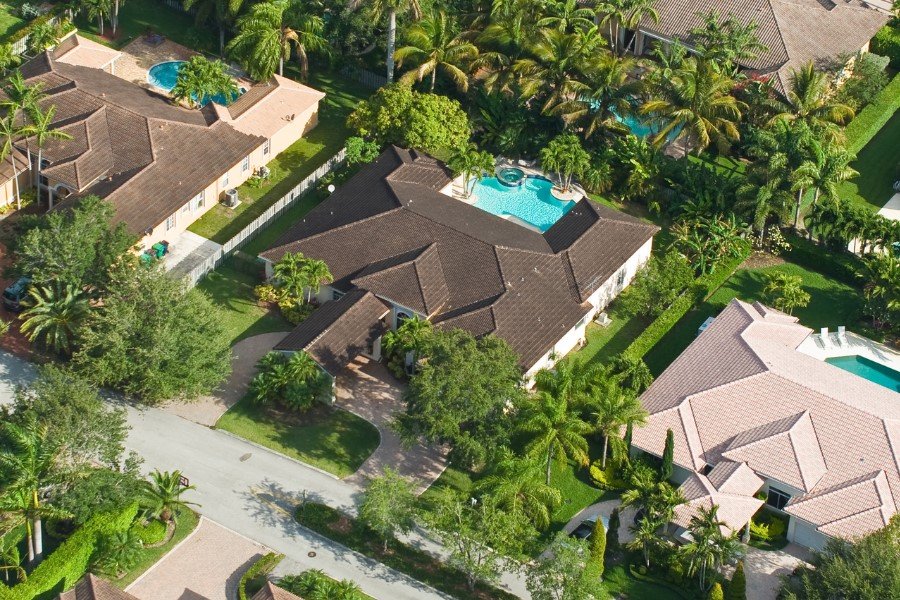Upgrade Wet Areas Quickly With Bathroom Cladding

Bathroom cladding offers a practical and attractive way to renovate wet areas with minimal disruption. Designed for efficiency and durability, bathroom cladding panels can transform walls and ceilings in a fraction of the time it takes to tile. With modern materials and installation techniques, bathroom cladding has become a preferred option for both homeowners and professional fitters.
Wet areas like showers, bath surrounds, and sink backsplashes are prone to constant moisture. Traditional materials like ceramic tiles, while effective, often require intensive labour, precision, and drying time. In contrast, cladding panels are pre-formed, lightweight, and easy to fit. This allows for rapid installation—sometimes within a single day—making them ideal for quick upgrades or tight renovation schedules.
The panels are usually made from high-grade PVC or composite materials that are naturally water-resistant. Unlike grout and tile, there are no porous surfaces for water to penetrate. Most cladding panels use tongue-and-groove or click-lock systems to form a tight seal between sections. This means fewer seams and reduced risk of leaks or water damage behind the walls.
One of the key benefits of using bathroom cladding in wet areas is the elimination of grouting. Grout, though functional, can discolour over time and is a common breeding ground for mould and mildew. By removing this component, cladding reduces maintenance and improves hygiene. A smooth surface makes it easy to wipe down with just a damp cloth—no scrubbing or harsh chemicals required.
Speed isn’t the only advantage. Cladding also delivers a clean, modern finish that enhances the look of any bathroom. Panels are available in a wide variety of styles, from high-gloss white and matt finishes to stone, wood, and marble effects. This versatility allows homeowners to match existing fixtures or try bold new design choices without the high cost of natural materials.
Another plus is that cladding can be installed directly over existing surfaces, including old tiles or plasterboard. This eliminates the need for removal or wall preparation in many cases, reducing mess and labour. For landlords or property managers, this fast turnaround is especially valuable, as it minimizes downtime between tenants.
For DIY users, bathroom cladding is one of the most accessible options on the market. The tools required are basic—typically just a saw, adhesive, and sealant—and no advanced carpentry or tiling skills are necessary. The panels are cut to size and then applied using a simple bonding method, making it a manageable project for most homeowners.
Beyond residential settings, cladding is also widely used in commercial environments like hotels, gyms, and care homes. In these spaces, durability, hygiene, and fast installation are essential. The panels stand up well to frequent use and are resistant to cracking, peeling, and staining.
In summary, bathroom cladding is a fast, cost-effective way to upgrade wet areas. It combines visual appeal with waterproof protection, easy maintenance, and installation convenience. Whether you’re giving your own bathroom a quick refresh or managing multiple upgrades across properties, cladding offers a reliable solution that delivers both form and function.





